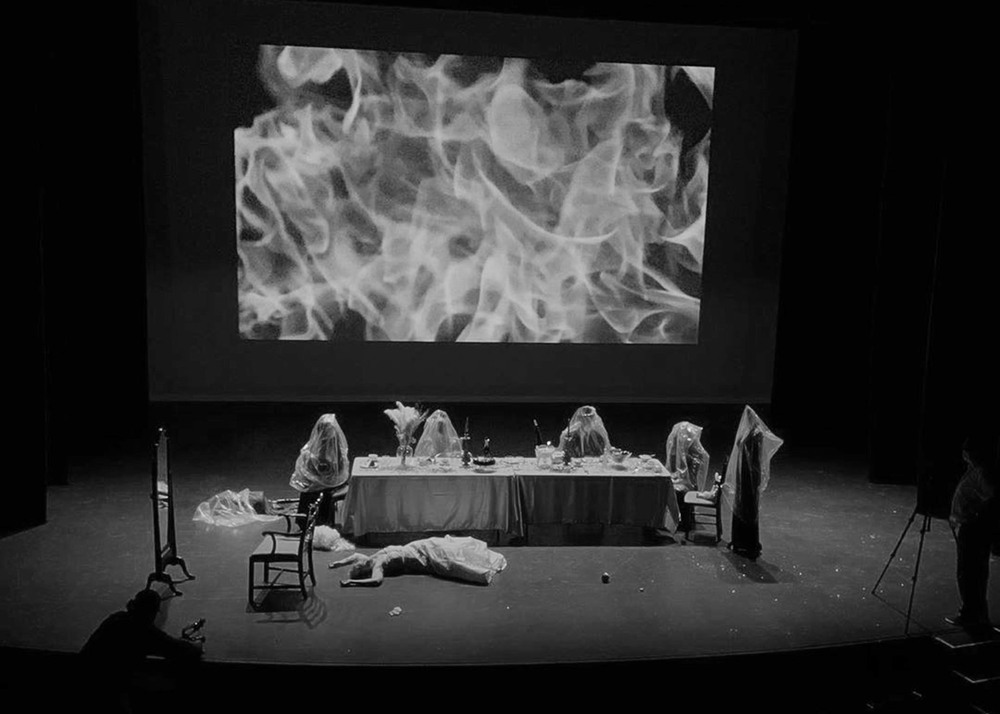
TEATIME IN TURBULENCE
first performed on September 19, 2020
Berrie Center for Performing and Visual Arts
performed once in 2020
CHRISTY E. O'CONNOR
Middletown, NJ
058321717c058321717h058321717r058321717i058321717s058321717t058321717y058321717o058321717c058321717o058321717n058321717n058321717o058321717r058321717a058321717r058321717t058321717@058321717g058321717m058321717a058321717i058321717l058321717.058321717c058321717o058321717m
christyoconnorart.com/
TEATIME IN TURBULENCE
CHRISTY E. O'CONNOR
“Tea Time in Turbulence” is an examination of class, income inequality, ritualistic practices, and isolation in a world turned upside down. In the midst of the pandemic, it has become increasingly clear that the experiences of the wealthy are unequivocally disparate from the experiences of the working class and poor. Those with wealth have the ability to hide in the luxury of their summer homes and pay others to carry on their daily business for them without fear of losing their equity, while the masses must either continue to work and put the health and safety of themselves and their families at risk, or have lost their jobs and are under financial duress as a result. “Tea Time in Turbulence” is a sullen reminder of the desperate need to seek normalcy through ritualistic practices, while also over indulging, fearing each day may be our last.
The scene opens on a banquet table, filled with cakes and pastries. Seated at the table are mannequins dressed in evening wear, ready to attend a dinner party given by a wealthy shut-in. She prepares for her ritualistic dinner party in solitude, as she applies makeup in the mirror in front of her. Once ready, she rises to meet her guests. At the table she serves her guests, entertaining, and enjoying the company, all the while a video projects behind her, first scenes of elegance and grandeur, which slowly transition into images of rundown neighborhoods and hunger. The shut-in slowly begins to wrap and cover her guests in plastic as the video behind her begins to project images of illness, and anti-mask protesters juxtaposed with sterile hospital scenes and empty city streets. As the scenes behind her become more turbulent, revealing the civil unrest and social disparities outside her safe haven, she becomes more erratic, dancing in a frenzy, destroying her own dinner party, until she falls to the ground. Behind her, the video projection closes with flames burning. The dinner party itself is a representation that although those with wealth may believe they can hide themselves away from the destruction outside, they can only go untouched for so long. If they allow enough harm and destruction to encompass the masses, it will eventually reach them.